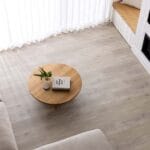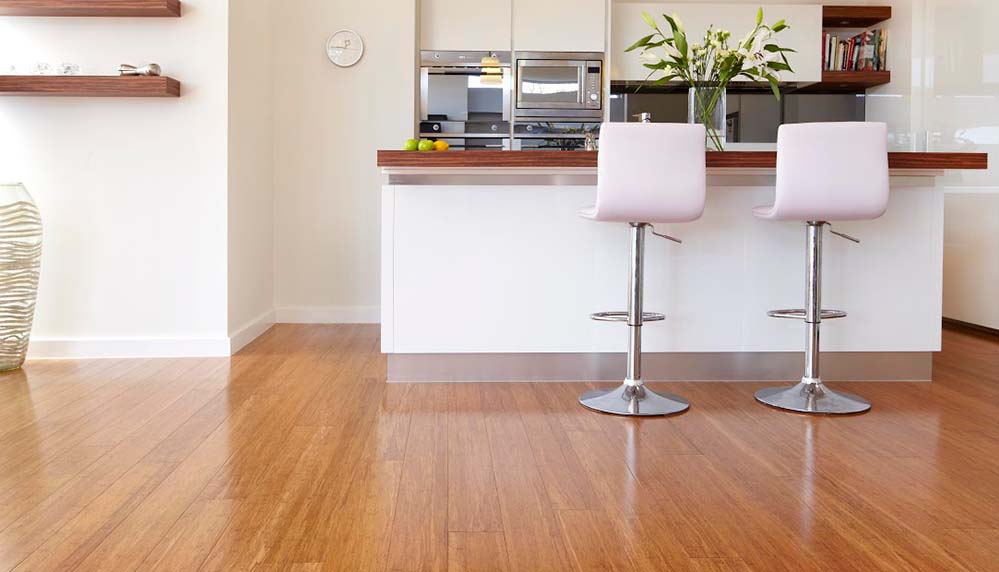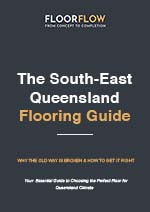Bamboo Flooring in Queensland: A Complete Guide for Eco-Conscious Homeowners
Queensland’s subtropical climate presents unique challenges for flooring selection, making it essential to understand how different materials perform in our demanding environment. Bamboo flooring has emerged as an intriguing eco-friendly alternative to traditional hardwood, appealing to environmentally conscious homeowners seeking sustainable solutions. However, the reality of bamboo flooring performance in Southeast Queensland’s high humidity and challenging conditions requires careful consideration before making this significant investment.
Understanding Bamboo Flooring Technology and Construction
Bamboo flooring represents a sophisticated engineering achievement that transforms rapidly renewable grass into attractive, durable flooring. Unlike traditional timber that requires 25-100 years to mature, bamboo reaches harvest maturity in just 4-6 years while absorbing more carbon than pine forests during its growth cycle. This fundamental difference creates bamboo’s compelling environmental credentials while establishing specific performance characteristics that differ significantly from conventional timber.
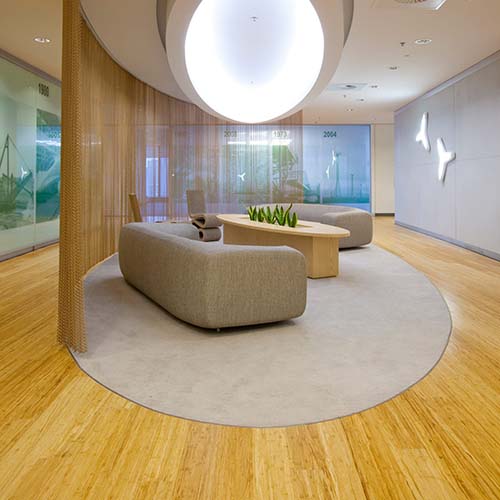

Modern bamboo flooring employs four distinct construction methods, each offering unique benefits and challenges. Traditional horizontal bamboo showcases natural knuckles and nodes with a Janka hardness rating of 6.8, comparable to oak. Vertical bamboo minimizes visible knuckles for a clean contemporary appearance with similar hardness ratings. Strand woven bamboo represents the premium option, where bamboo fibres are shredded, compressed with resin under extreme heat and pressure, resulting in superior hardness ratings exceeding 11.0 and better moisture resistance. Engineered bamboo features a bamboo wear layer over plywood substrate, providing improved dimensional stability for variable climates like Queensland’s.
Queensland's Climate Challenge for Bamboo Flooring
Queensland’s subtropical environment creates a critical mismatch with bamboo flooring’s optimal performance requirements. While bamboo performs best in 40-60% relative humidity with consistent temperatures, Queensland regularly experiences 60-80% humidity levels with significant seasonal temperature fluctuations. This environmental stress causes bamboo to absorb moisture from humid air, leading to swelling, potential buckling, and uneven expansion that creates board distortion.
During Queensland’s wet season, extended periods of high moisture combine with temperature variations to compound these challenges. Coastal properties face additional salt air exposure and marine moisture, while frequent door opening in Queensland’s indoor-outdoor lifestyle increases humidity fluctuations. Pool areas create particularly challenging environments with high humidity from evaporation, making bamboo flooring problematic for the seamless indoor-outdoor flow that characterizes Queensland living.
From cars to underwear, food to furniture—bamboo seems capable of becoming almost anything. With such remarkable versatility, it was only a matter of time before this wonder grass found its way beneath our feet. – Otto Kern
The Building Code of Australia recognizes these moisture sensitivity issues, explicitly prohibiting bamboo flooring installation in bathrooms, toilets, laundries, and wet areas. This restriction reflects the material’s fundamental inability to handle Queensland’s moisture-prone environments without specialized climate control systems.
Performance Analysis: Advantages and Realistic Limitations
Bamboo flooring offers genuine environmental benefits that appeal to sustainability-focused Queensland homeowners. The rapid regeneration cycle, carbon absorption capabilities, and renewable nature create compelling eco-credentials. Strand woven bamboo provides exceptional hardness exceeding most hardwoods, while the contemporary linear aesthetic suits modern Queensland design trends. UV resistance makes bamboo suitable for Queensland’s bright homes, though premium products are necessary for optimal fade resistance.
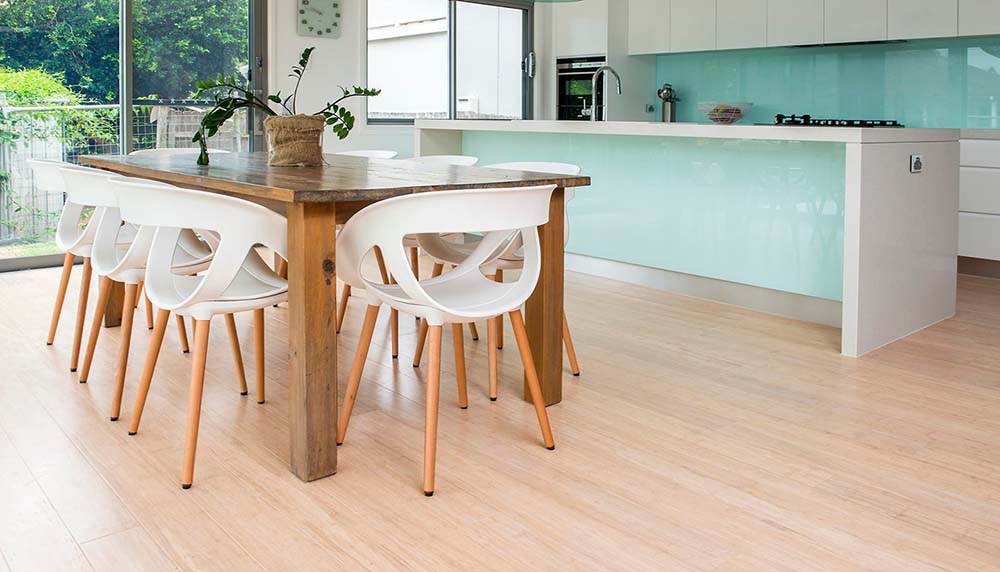
However, Queensland-specific challenges significantly impact performance expectations. Climate incompatibility with the region’s high humidity creates ongoing stress on the flooring system. Traditional bamboo proves particularly susceptible to scratches from pets, while water damage requires careful immediate attention to prevent permanent damage. The homogeneous appearance lacks the character variety of natural hardwood, and visible joint marks can disrupt surface smoothness. Manufacturing variability between producers affects quality consistency, making source selection critical.
Professional Queensland installers increasingly recommend alternatives, citing “potential ramifications” of bamboo in local conditions. Cost-benefit analysis consistently favours other flooring types that perform better in subtropical environments without requiring extensive climate control systems.
Installation Requirements and Climate Control Necessities
Successful bamboo flooring installation in Queensland demands comprehensive environmental management that significantly increases total project costs. Professional installation becomes virtually mandatory due to precise moisture management requirements, temperature control during installation, and warranty compliance needs. The process requires maintaining 18-29°C temperatures for 48 hours before, during, and after installation, along with strict humidity control.
Subfloor preparation proves more demanding than other flooring types, requiring moisture testing with maximum acceptable levels of 15% for hardwood subfloors, 18% for softwood, and below 5.0% for concrete applications. Vapor barriers become mandatory in all applications, with enhanced subfloor ventilation systems and ongoing humidity monitoring post-installation.
The installation modifications necessary for Queensland conditions include comprehensive HVAC systems for temperature control, dehumidification during wet season, and consistent humidity maintenance between 40-60%. These requirements create substantial ongoing costs through higher electricity bills, initial investment in dehumidification systems, and professional environmental monitoring.
Room-by-Room Suitability Assessment for Queensland Homes
Strategic application of bamboo flooring requires careful consideration of Queensland’s specific room environments and usage patterns. Climate-controlled living areas with comprehensive HVAC systems represent optimal locations, along with bedrooms with consistent air conditioning and formal dining rooms with environmental control. Home offices with humidity management can successfully accommodate bamboo flooring when proper climate systems are maintained.
However, Queensland homes present numerous challenging applications that should be avoided. Beyond the Building Code prohibition in bathrooms and wet areas, laundries and utility rooms create unsuitable conditions through constant humidity and water exposure. Outdoor covered areas and patios cannot provide the environmental stability bamboo requires, while coastal properties with high salt air exposure present additional corrosion and moisture challenges.
Pool houses and entertainment areas, popular in Queensland’s outdoor lifestyle, create particularly problematic environments with splash-out, chemical exposure, and elevated humidity from pool evaporation. These applications highlight the fundamental mismatch between bamboo’s climate requirements and Queensland’s relaxed indoor-outdoor living preferences.
Long-Term Performance and Maintenance in Queensland Conditions
Realistic lifespan expectations depend entirely on environmental management quality. With proper climate control, bamboo flooring can achieve 25-50 years with excellent environmental management, regular professional maintenance, and ongoing climate monitoring. However, higher lifecycle costs than alternatives offset these potential benefits.
Without comprehensive climate control, lifespan reduces dramatically to 5-15 years with high premature failure risk, warranty voiding due to environmental conditions, and costly replacement requirements. Queensland’s challenging conditions make professional installation and environmental management essential rather than optional.
Ongoing maintenance in Queensland’s climate requires daily humidity monitoring during wet season, immediate attention to water spills, and professional refinishing more frequently than in dry climates. Regular inspection for moisture damage signs becomes critical, with annual professional deep cleaning and environmental condition documentation necessary for warranty compliance.
Cost Analysis and Alternative Recommendations
Total bamboo flooring investment in Queensland ranges from $80-150 per square meter including professional installation, plus additional $3,000-8,000 for humidity management systems. Ongoing costs include higher electricity bills for environmental control and professional refinishing every 7-10 years in Queensland climate conditions.
For most Queensland homeowners, vinyl planks offer 100% waterproof performance with no climate control requirements and lower maintenance demands. Laminate flooring provides better moisture resistance than bamboo with lower costs and easier maintenance in humid conditions. Engineered timber delivers better dimensional stability in humidity with superior aesthetic variety and established performance records in Queensland conditions.
These alternatives provide better value for Queensland conditions, avoiding the climate incompatibility issues that make bamboo challenging for most regional applications. Professional installer confidence in these alternatives, combined with proven Queensland track records, makes them more practical choices for subtropical conditions.
Making the Right Decision for Your Queensland Home
Bamboo flooring can work in Queensland but requires significant investment in climate control systems, professional installation, and ongoing maintenance commitment. Success demands comprehensive HVAC systems with humidity control, strong sustainability values with budget for eco-options, appreciation for contemporary linear aesthetics, and willingness to invest in ongoing environmental monitoring.
For eco-conscious homeowners with climate control capabilities, bamboo represents a conditional option requiring careful total cost analysis including climate control and maintenance expenses. However, for most Queensland homes, the combination of high humidity, moisture sensitivity, and superior performing alternatives makes bamboo flooring a challenging choice requiring realistic expectations about performance limitations and maintenance demands.
The key to success with bamboo flooring in Queensland lies in understanding its limitations, investing in proper climate control, and maintaining realistic expectations about performance requirements. For homeowners seeking sustainable flooring options, exploring locally sourced engineered timber or high-quality vinyl planks may provide better value and performance in Queensland’s demanding subtropical climate while achieving environmental and aesthetic goals more practically.
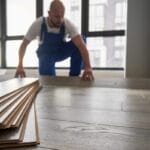
Floating Floor Installation South East Queensland
Laminate Flooring for Queensland Homes
